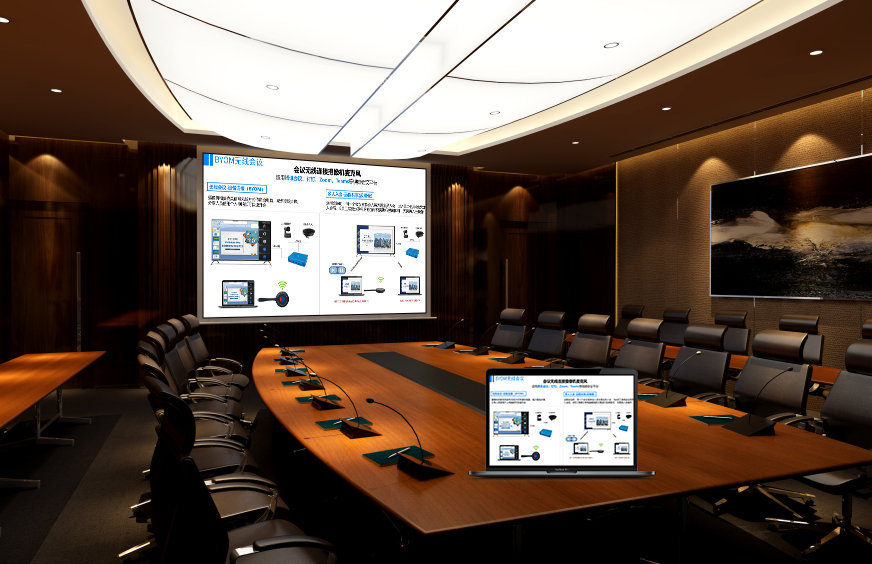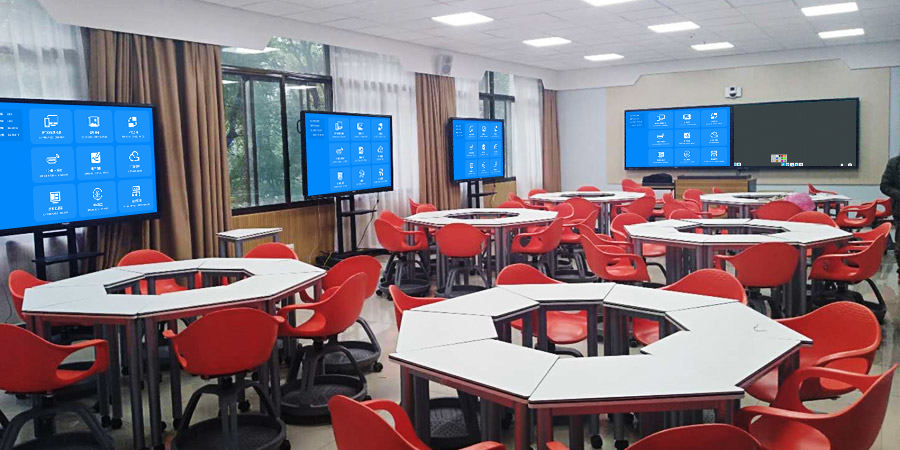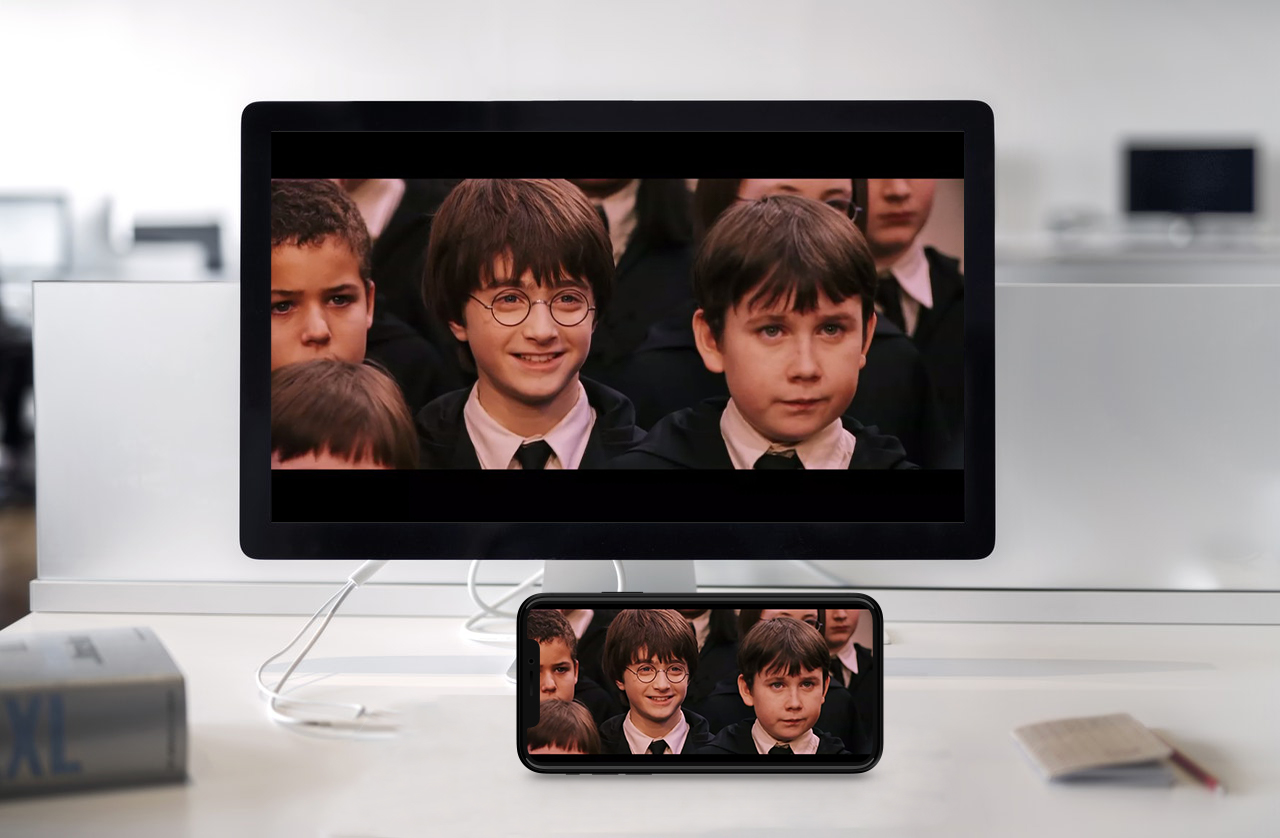WiDi Screen Mirroring: Making Wireless Display Smoother
As a common protocol in wireless display, WiDi, with its cable-free and direct-connection screen mirroring capabilities, has long been a practical tool for content presentation in various scenarios. Today’s WiDi screen mirroring solutions have further resolved earlier issues of unstable connections and limited device compatibility, elevating the wireless display experience to the next level.
Full Device Compatibility: Screen Mirroring No Longer Picks “Sides”
In the past, a common challenge with WiDi screen mirroring was mismatched device models or operating systems. Modern solutions now support cross-system compatibility. Devices running Windows, Android phones, or any smart device with WiDi protocol can quickly find the target display without needing extra plugins. Simply open the built-in wireless display function on your device.
For instance, business professionals using a Windows laptop to connect to a large meeting screen can press the Win+K shortcut key to complete WiDi pairing in 3 seconds. PPTs and data charts are projected in real-time, and temporary content modifications are also displayed synchronously. Designers using an Android tablet to present designs can cast them via WiDi to a client’s monitor, showcasing clear details and textures, significantly improving communication efficiency.
High Definition and Stability: Multi-Scenario Experience Without Compromise
The core advantage of WiDi screen mirroring lies in its balance of picture quality and stability. It supports 1080P Full HD output, with some solutions even achieving 4K resolution. Whether it’s the light and shadow nuances of a movie scene or the small text and tables in a document, everything remains clearly discernible when projected onto a large screen.
The inclusion of dual-band Wi-Fi technology enhances WiDi screen mirroring’s resistance to interference. When multiple people simultaneously push content via WiDi, the screen remains fluid with no audio-video delay, meeting diverse scenario needs: During family gatherings, friends and family can take turns casting travel videos via WiDi, making big-screen sharing more lively. In the classroom, teachers can push short educational videos via WiDi, while students use the same protocol to cast their problem-solving steps, ensuring smooth and uninterrupted interaction.
Zero Threshold Operation: New and Old Devices Can Get Started
Worried about complex WiDi screen mirroring operations? In reality, its usage logic is very simple. There’s no need to set up an IP address on the computer, nor do you need to remember device names on your phone. Just find “Wireless Display” or “Screen Mirroring” in your system’s control center, select the WiDi-enabled display device, and you can start casting once paired.
Even older monitors can support the WiDi protocol by connecting an adapter tool, instantly transforming into wireless display terminals. You can enjoy the convenience of wireless screen mirroring without replacing hardware, easily integrating it into family entertainment, office meetings, or teaching scenarios.
The value of WiDi screen mirroring lies in achieving efficient wireless display with remarkably simple operations. When connections are no longer restricted and picture quality is stably output, wireless screen mirroring naturally becomes the preferred choice for cross-device content sharing, making every presentation smooth and worry-free.